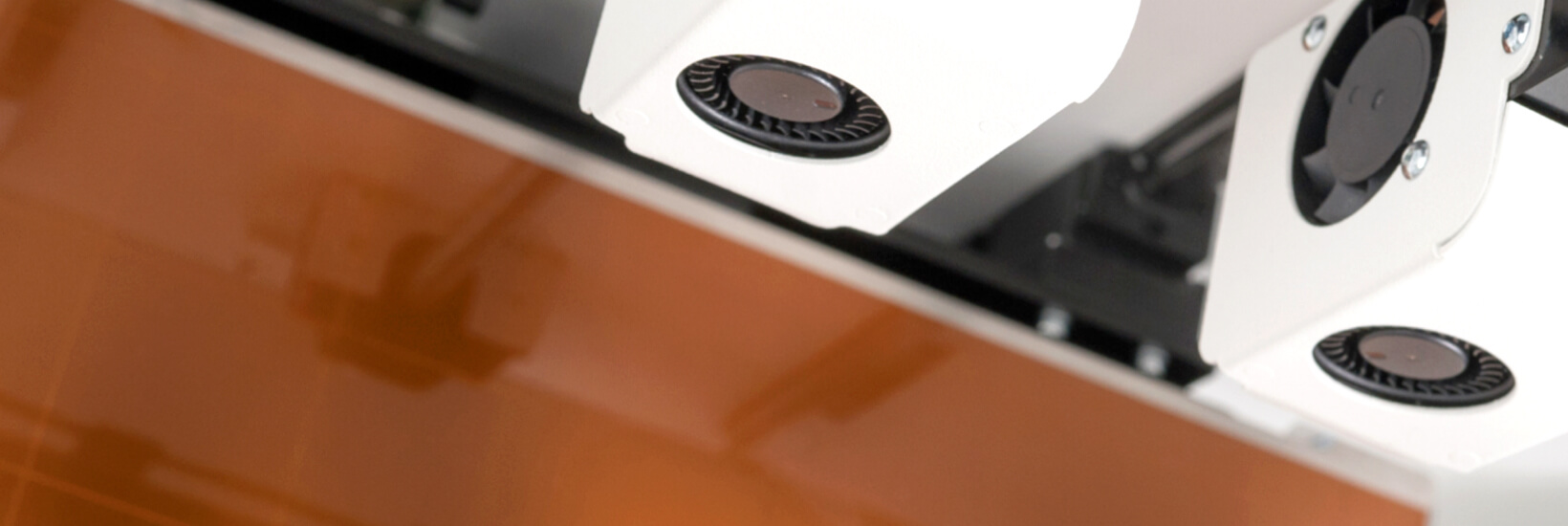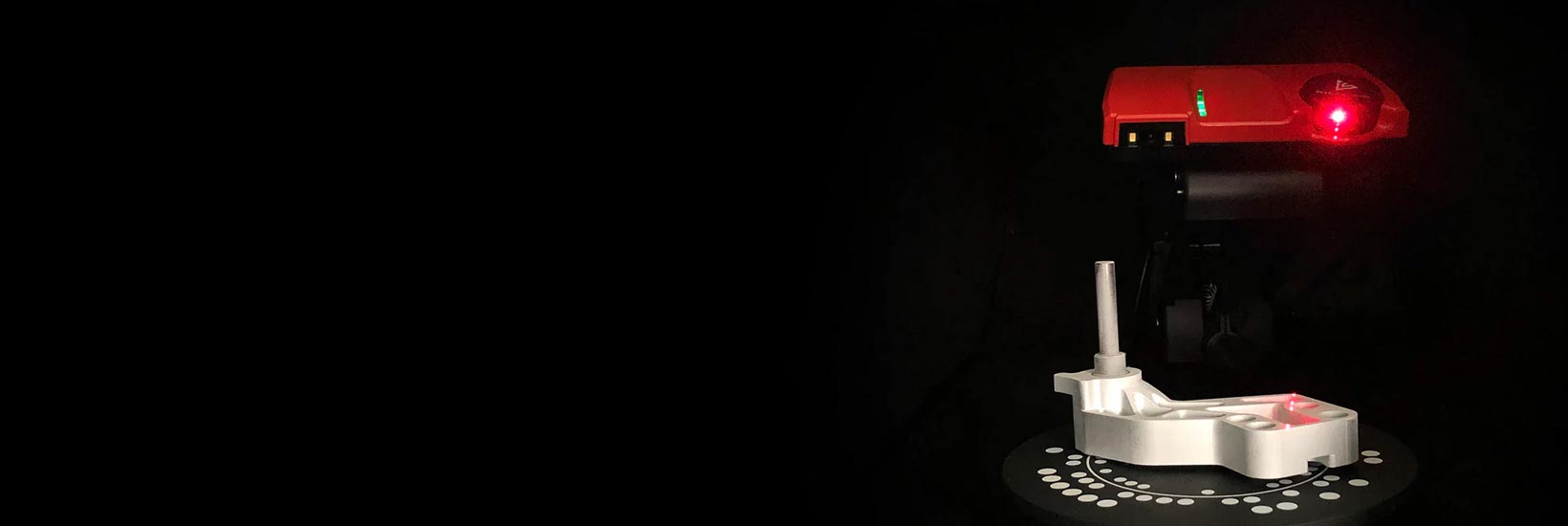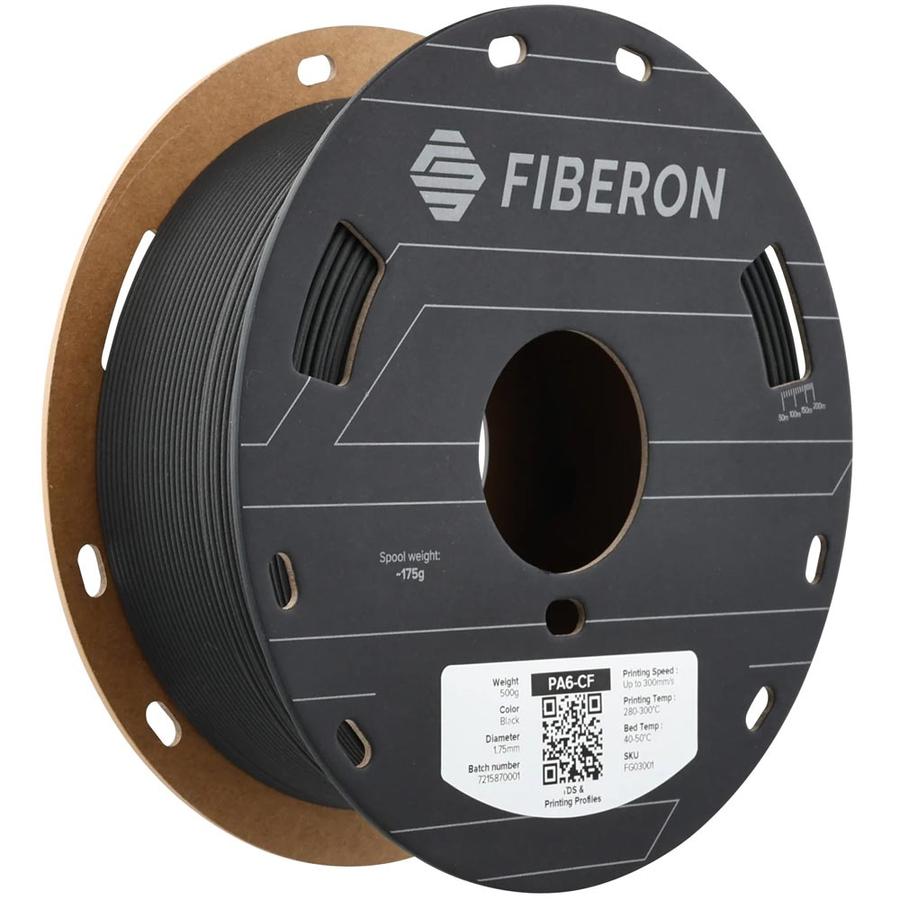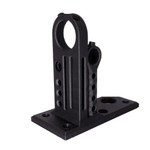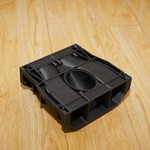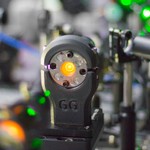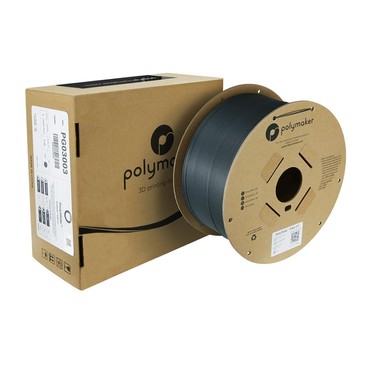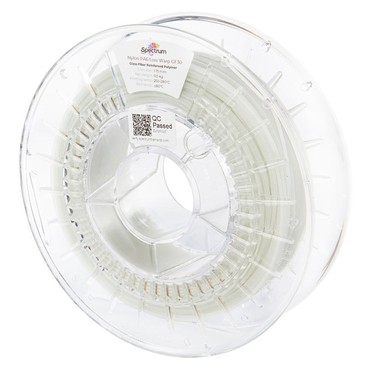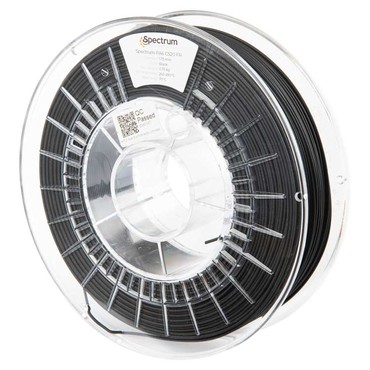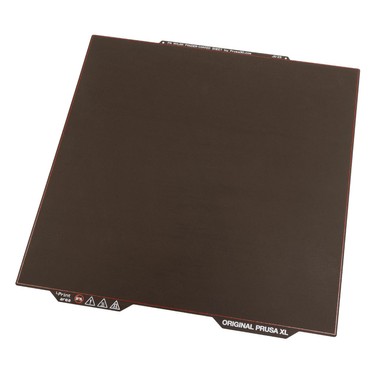Polymaker Fiberon™ PA6-CF20 1.75 mm / 500g / Black
carbon fiber reinforced long chain copolyamide filament
PA6-CF20 / in 1.75mm / 500g, 3000g / black
- Manufacturer: Polymaker
- Manufacturer number: FG03001
- EAN: 6938936714613
- Item number: 37515
- Availability: from stock > delivery time 1-3 working days

- excellent heat resistance
- warp free
- excellent mechanical properties
Fiberon™ PA6-CF20 is a carbon fiber reinforced PA6 (Nylon 6) filament. The carbon fiber reinforcement provides significantly improved stiffness, strength and heat resistance with outstanding layer adhesion.
Fiberon™ PA6-CF20 is the same great formula as PolyMide PA6-CF, although Fiberon™ PA6-CF20 may print in a slightly darker black shade color than its predecessor.
Download the TDS to learn more about the performance of the material.
Printing Requirements
- All-metal hotend 280˚C+
- Hardened nozzle
- Filament dryer
- Annealing post printing
- Moisture conditioning after Annealing
- Material
Fiberon™ PA12-CF10 - Printing temp.
280 - 300 ˚C - Heatbed
40 - 50 ˚C - Chamber Temperature
Room Temperature - Surface
BuildTak, Magigoo - Filament diameter
1,75 mm - Filament net weight
500 g / 3000 g - Gross weight
900 g / 4000 g - Storage
cool and dry
What is annealing?
You can find out more about annealing HERE
What is moisture conditioning?
Moisture conditioning refers to allowing the print to absorb moisture. This is inevitble since nylons are hygroscopic, but you can expedite the process by keeping the print in a high humidity climate, or submerging them in water, for 48 hours. All of our test specimens were annealed at 100˚C for 16 hours, and then immerged in water at 60˚C for 48 hours. The average moisture content of specimens is 2.57%.
Should I anneal before or after moisture conditioning?
When you anneal in a convection oven, you will dry the part out. So if you moisture condition before annealing - you will need to moisture condition again after. So we would suggest to moisture condition after annealing.
Why do you use such a low build plate temperature with your nylons?
Our nylons come with our Warp-Free™ Technology. In order for this Warp-Free™ technology to work as it should - we want to make sure the build plate and the ambient air temperatures are both below 50˚C. We then anneal the print after to get it's full strength.
Learn more HERE
Will the spools work in an AMS?
Yes! We have redesigned the edges of our spools so all Polymaker products will now spin great in the AMS.
That said - you will need to be careful when using any abrasive materials in the AMS.
- Manufacturer
- Polymaker B.V.
- Vondellaan 88, 3521GH Utrecht, Netherlands
- sales.eu@polymaker.com
- https://www.polymaker.com/
